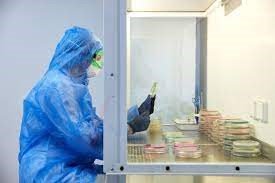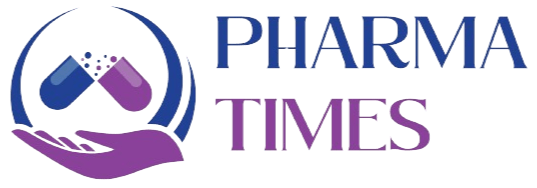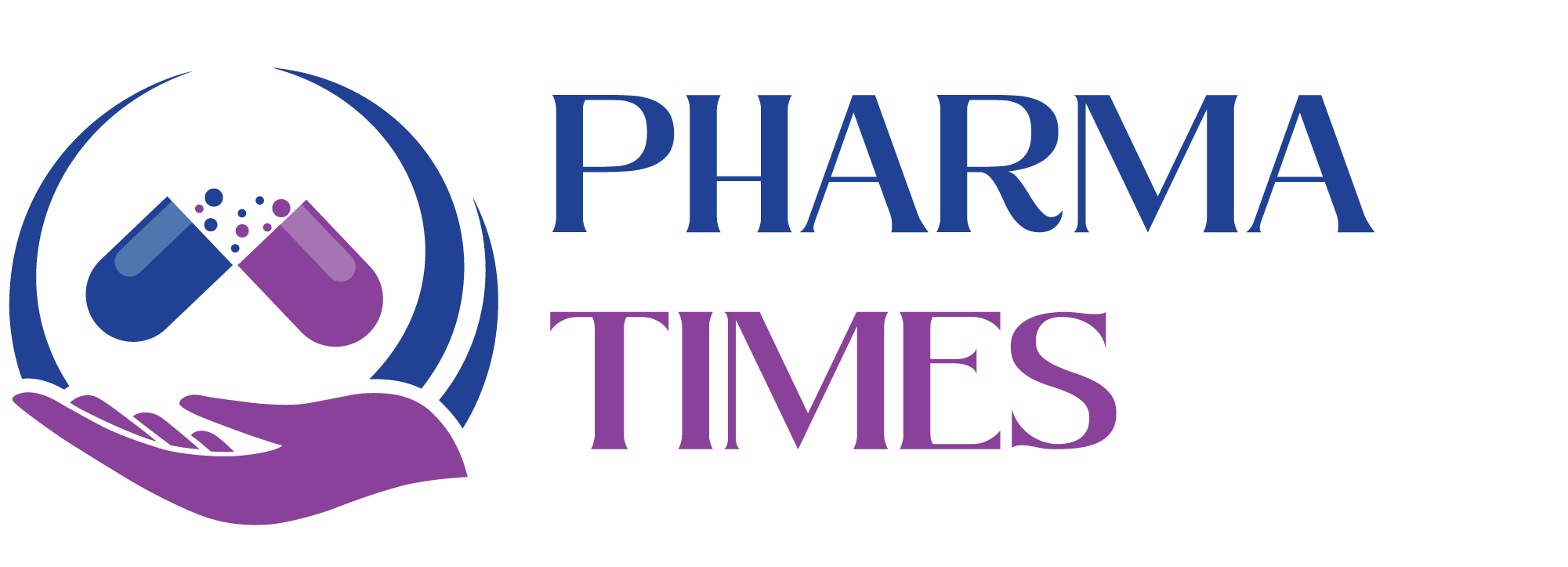Operating procedure for Biosafety cabinet

Operating procedure for Biosafety cabinet
1.0 OBJECTIVE
The objective of this SOP is to provide instructions for the proper operation, monitoring, and maintenance of biosafety cabinets used in controlled microbiological environments.
2.0 SCOPE
This procedure applies to all biosafety cabinets (Class II) equipped with HEPA filters, UV lights, and airflow systems used for handling microbiological samples, cultures, or hazardous materials within the facility.
3.0 RESPONSIBILITIES
3.1 Operator: Technical Assistant, Executive, or designated personnel responsible for operating the biosafety cabinet as per the procedure.
3.2 Reviewer: Executive, Manager, or supervisor responsible for reviewing documented activities and ensuring compliance with the SOP.
3.3 Approver: Head of Department or relevant authority responsible for approving the SOP and any future revisions.
4.0 PREREQUISITES
4.1 Trained personnel on biosafety cabinet operation, aseptic techniques, and handling of microbiological materials.
4.2 Availability of appropriate personal protective equipment (PPE), including lab coats, gloves, and safety goggles.
4.3 Periodic calibration, qualification, and maintenance of the biosafety cabinet as per established schedules.
5.0 PROCEDURE
5.1 Pre-Operation Checks
5.1.1 Visually inspect the biosafety cabinet for any visible damage, leaks, or obstructions.
5.1.2 Ensure that the work surface and interior surfaces are clean and decontaminated.
5.1.3 Check the HEPA filter integrity and replace if necessary, following the manufacturer’s recommendations.
5.2 Start-up
5.2.1 Switch on the biosafety cabinet’s main power supply.
5.2.2 Allow the cabinet to stabilize for at least 5 minutes before use, ensuring proper airflow and HEPA filtration.
5.2.3 If equipped with UV lights, turn on the UV light and allow for the recommended exposure time before entry.
5.3 Operational Checks
5.3.1 Verify the proper functioning of the airflow system by observing the pressure gauge or airflow indicator.
5.3.2 Record the differential pressure reading in the designated log or checklist.
5.3.3 Ensure that the differential pressure is within the acceptable range specified. (typically less than 0.5 inches of water).
5.4 Operation
5.4.1 Prepare the required materials, samples, and equipment for the intended work inside the biosafety cabinet.
5.4.2 Follow proper aseptic gowning and hand hygiene procedures before entering the work area.
5.4.3 Load the materials into the cabinet, avoiding disruption of the airflow pattern.
5.4.4 Arrange the materials in a manner that allows for efficient workflow and minimizes air turbulence.
5.4.5 Perform the intended work within the biosafety cabinet, following established protocols and aseptic techniques.
5.4.6 Avoid creating air turbulence by rapid movements or blocking the airflow grilles.
5.5 Decontamination and Shutdown
5.5.1 Upon completion of work, decontaminate the work surface and interior surfaces of the biosafety cabinet using appropriate disinfectants or decontamination procedures.
5.5.2 Dispose of any waste materials following established biohazardous waste disposal protocols.
5.5.3 If equipped with UV lights, turn on the UV light and allow for the recommended exposure time before exiting the cabinet.
5.5.4 Switch off the biosafety cabinet’s main power supply.
6.0 MAINTENANCE AND MONITORING
6.1 Record the UV light usage hours in the designated log or checklist.
6.2 Replace the UV light bulbs after reaching the manufacturer’s recommended usage limit (typically 6000 hours).
6.3 Conduct periodic certification and qualification of the biosafety cabinet, including airflow velocity, HEPA filter integrity, and particle count testing, as per established schedules or regulatory requirements.
6.4 Maintain documentation of all maintenance activities, certification reports, and any corrective actions taken.
7.0 SAFETY PRECAUTIONS
7.1 Always wear appropriate personal protective equipment (PPE) when working with the biosafety cabinet.
7.2 Avoid disrupting the airflow pattern or creating air turbulence within the cabinet.
7.3 Never block or obstruct the air grilles or HEPA filter openings.
7.4 Exercise caution when handling UV lights, as prolonged exposure can be harmful.
7.5 Follow all safety protocols and emergency procedures in case of any incidents or accidents involving the biosafety cabinet or hazardous materials.
8.0 TRAINING
8.1 All personnel involved in operating biosafety cabinets must receive comprehensive training on this SOP, aseptic techniques, and relevant safety practices.
8.2 Training should cover topics such as proper operation, maintenance, monitoring, documentation, and contingency plans for potential deviations or incidents.
8.3 Maintain records of personnel training, including the training content, dates, and attendance.
9.0 ABBREVIATIONS
SOP: Standard Operating Procedure
PPE: Personal Protective Equipment
HEPA: High-Efficiency Particulate Air.

